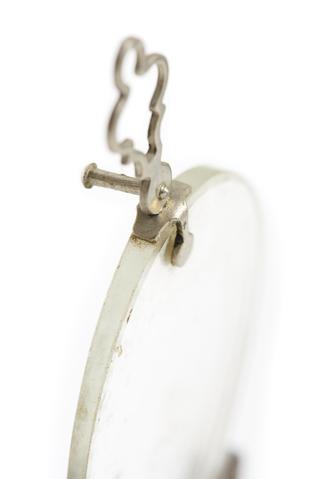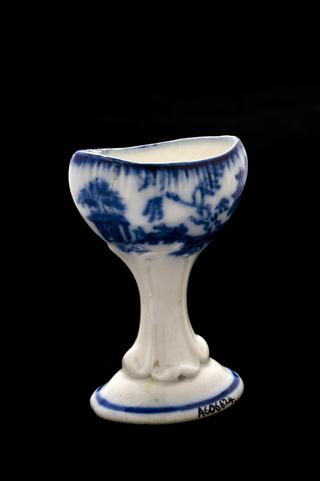
























Set of 8 Ishihara Charts for testing colour-blindness.
Colour blindness is tested using these eight placards. They are known as Ishihara charts. They are named after their inventor, Japanese ophthalmologist Shinobu Ishihara (1897–1963). Each image consists of closely packed coloured dots and a number. The patient must identify the number or image he or she can see. The type of colour blindness a patient has is identified using the range of charts.
There are several types of colour blindness. These range in severity. In dichromatism, there is difficulty seeing one of the three primary colours: red, blue or green. In anomalous trichomatsis, there is reduced sensitivity to certain colours. In the rarer monochromatism, there is no colour vision and the world is seen in white, black and grey shades. Ishihara devised his test in 1917. It is still used.




